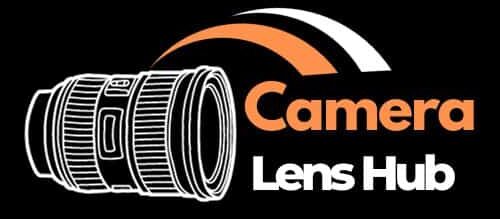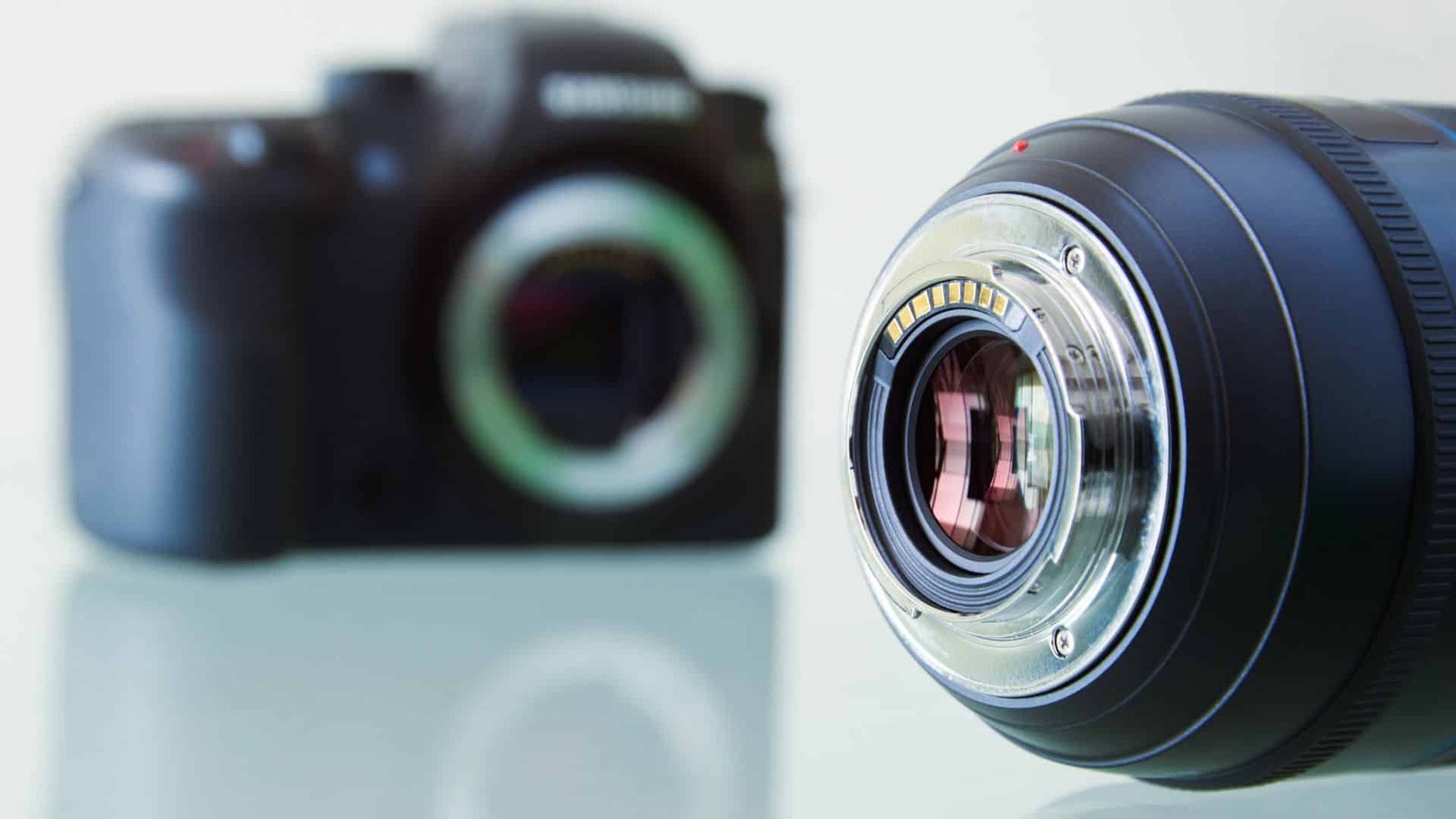Photography is a blend of art and science, requiring not only creativity but also a solid understanding of the technical aspects of your equipment. Two fundamental concepts often discussed in photography are focal length and focal distance. These terms play a vital role in determining how lenses capture and render images, making them essential knowledge for anyone looking to elevate their skills or gain deeper insight into how cameras function. While they may sound similar, focal length and focal distance are distinct concepts with unique roles in photography. This guide aims to demystify these terms by exploring their definitions, differences, and practical implications. Whether you’re a beginner eager to improve your photos or a seasoned photographer refining your craft, understanding these key principles will help you make more informed decisions.
Focal Length:
Focal length is one of the most critical specifications of a lens. Measured in millimeters (mm), it represents the distance between the optical center of the lens and the camera’s image sensor when the lens is focused at infinity. Essentially, focal length determines the field of view (how much of the scene the lens can capture) and the level of magnification (how large subjects appear in the frame).
Understanding Focal Length:
To comprehend focal length better, it’s essential to understand its relationship with the angle of view. A lens with a shorter focal length has a wider angle of view, capturing more of the scene within the frame, while a lens with a longer focal length has a narrower angle of view, focusing on a smaller portion of the scene and appearing more magnified. This principle is why wide-angle lenses are ideal for landscapes and architectural photography, while telephoto lenses are favoured for sports and wildlife photography.
Applications of Focal Length:
Photographers often select lenses based on their desired composition and subject matter. Portrait photographers, for instance, often opt for lenses with focal lengths ranging from 85mm to 135mm as they provide flattering perspectives and shallow depth of field, ideal for isolating the subject from the background. On the other hand, landscape photographers may prefer wide-angle lenses with focal lengths around 16mm to 35mm to capture vast scenes with maximum detail.
Key Characteristics of Focal Length:
- Wide-Angle Lenses (Short Focal Length): Lenses with a focal length under 35mm are considered wide-angle. They provide a broad field of view, making them ideal for landscapes, architecture, and group photos.
- Standard Lenses (Mid-Range Focal Length): Lenses in the 35mm to 70mm range are considered standard and closely mimic the perspective of the human eye. These are popular for general-purpose photography and portraits.
- Telephoto Lenses (Long Focal Length): Lenses with focal lengths over 70mm narrow the field of view and magnify distant subjects, making them perfect for wildlife, sports, and astrophotography.
Focal Distance:
Focal distance, also known as the focusing distance, refers to the physical distance between the subject you’re photographing and the camera’s image sensor. Unlike focal length, which is a fixed property of the lens, focal distance changes dynamically as you adjust the lens to focus on subjects at different distances.
Understanding Focal Distance:
When you adjust the focus of a lens, you’re essentially altering the focal distance. This adjustment determines which objects in the scene will appear sharp and in focus. Objects at the focal distance will be in sharp focus, while objects nearer or farther from the focal plane will appear progressively blurred, a phenomenon known as depth of field.
Applications of Focal Distance:
Controlling focal distance is crucial for achieving desired effects in photography. Portrait photographers, for example, often use shallow depth of field to isolate the subject from the background, achieved by focusing on the subject while allowing the background to blur. Landscape photographers, on the other hand, may use a deep depth of field by focusing at infinity to ensure that objects at various distances from the camera appear sharp.
Key Characteristics of Focal Distance:
- Minimum Focusing Distance: Every lens has a minimum focusing distance, which is the closest distance at which the lens can achieve sharp focus. For macro lenses, this distance is very short, allowing for extreme close-up shots.
- Impact on Depth of Field: The closer the subject is to the lens, the shallower the depth of field will be, resulting in a more pronounced background blur (bokeh). Conversely, subjects farther from the lens will have more of the scene in focus.
Key Differences Between Focal Length and Focal Distance:
Understanding how focal length and focal distance differ can help you make informed decisions when selecting lenses and framing your shots. Here are the primary distinctions:
| Aspect | Focal Length | Focal Distance |
|---|---|---|
| Definition | The distance between the lens’s optical center and the image sensor when focused at infinity. | The distance between the subject and the camera’s image sensor. |
| Fixed or Variable | Fixed for a given lens (e.g., 50mm lens). | Variable, depending on where the lens is focused. |
| Purpose | Determines the field of view and magnification. | Determines the sharpness of the subject in focus. |
| Measured in | Millimeters (mm). | Physical distance (meters or feet). |
| Application | Lens choice and perspective. | Focusing on a subject. |
How Focal Length and Focal Distance Work Together:
Focal length and focal distance are interconnected, and understanding how they interact is crucial for achieving the desired results in your photography. For instance:
- A lens with a long focal length (e.g., 200mm) can bring distant subjects closer, but it requires precise focusing to achieve sharpness.
- A short focal length (e.g., 16mm) offers a wide field of view, making it easier to focus on subjects at various distances.
- The relationship between focal length and focal distance also affects depth of field. For example, a 50mm lens at a close focusing distance will produce a shallower depth of field than the same lens focused on a distant subject.
Practical Considerations:
In addition to the theoretical understanding of focal length and focal distance, it’s crucial to delve into the practical considerations that photographers and cinematographers encounter when working with these concepts. Practical considerations encompass various factors that influence how focal length and focal distance are utilized in real-world shooting scenarios. Let’s explore some of these considerations in detail:
1. Lens Selection:
One of the first practical considerations is selecting the right lens for a specific photographic or cinematographic task. The choice of focal length depends on several factors, including the desired field of view, subject distance, and creative intent.
For example, when shooting landscapes or architecture, a wide-angle lens with a shorter focal length is typically preferred to capture expansive scenes and emphasize spatial relationships. On the other hand, for portraiture or wildlife photography, a telephoto lens with a longer focal length enables photographers to isolate subjects and achieve pleasing compression effects.
2. Depth of Field Control:
Depth of field, influenced by both focal length and aperture, plays a significant role in determining the overall look and feel of an image. Practical considerations come into play when photographers aim to control the depth of field to achieve specific aesthetic effects.
Shorter focal lengths inherently produce a deeper depth of field, making them suitable for scenarios where extensive focus across the scene is desired. Conversely, longer focal lengths yield a shallower depth of field, allowing photographers to isolate subjects from the background and create a sense of visual separation.
By adjusting the aperture and focal distance accordingly, photographers can fine-tune the depth of field to emphasize or de-emphasize elements within the frame, adding depth and dimensionality to their compositions.
3. Focusing Techniques:
Achieving precise focus is essential for capturing sharp and well-defined images. Practical considerations related to focusing techniques involve factors such as autofocus performance, manual focus accuracy, and the use of focus aids.
Autofocus systems vary in speed, accuracy, and reliability across different camera models and lenses. Understanding the behaviour of autofocus algorithms and utilizing focus tracking modes can enhance the efficiency of capturing moving subjects in dynamic shooting situations.
For scenarios where autofocus may not be sufficient, such as in low light conditions or with challenging subjects, manual focus techniques become indispensable. Techniques like focus peaking, magnified view, and zone focusing enable photographers to achieve critical focus with precision and confidence.
4. Focal Distance Calibration:
Calibrating focal distance accurately is crucial for ensuring that the focused subject appears sharp and well-defined in the final image. Practical considerations include techniques for measuring and adjusting focal distance, especially in situations where precise focus is paramount.
Modern camera systems often feature advanced autofocus calibration tools that allow users to fine-tune focus accuracy for specific lenses and shooting conditions. Additionally, manual focusing aids such as distance scales and depth of field markings provide valuable reference points for achieving optimal focus in various scenarios.
By calibrating focal distance effectively, photographers can minimize the risk of focus errors and maximize the sharpness and clarity of their images, resulting in professional-quality results.
5. Environmental Factors:
Practical considerations extend beyond technical aspects to encompass environmental factors that impact the use of focal length and focal distance in real-world shooting environments. Factors such as lighting conditions, subject movement, and physical obstacles can influence the choice of focal length and the approach to focusing techniques.
In challenging lighting conditions, such as low light or high contrast situations, photographers may need to adjust their exposure settings or rely on alternative focusing methods to maintain sharpness and clarity in their images.
Similarly, when photographing fast-moving subjects or in crowded environments, photographers must anticipate changes in focal distance and adapt their shooting techniques accordingly to ensure that the subject remains in focus throughout the capture process.
Conclusion:
While focal length and focal distance are related, they serve different purposes in photography. Focal length defines the lens’s field of view and magnification, while focal distance determines how far the subject is from the camera and how sharp it appears. By mastering these concepts, you’ll have greater control over your compositions and the creative effects in your photos. Whether you’re capturing sweeping landscapes or tightly framed portraits, understanding the interplay between focal length and focal distance will help you elevate your photography to new heights.
FAQs
Q. What is focal length?
- Focal length is the distance between the lens’s optical centre and the point where light rays converge to form a sharp image of an object positioned at infinity.
Q. How does focal length affect images?
- The focal length determines a lens’s field of view, magnification, and depth of field, impacting how subjects are framed and how much background blur is present.
Q. What is the focal distance?
- Focal distance refers to the distance from the lens to the focused subject within the scene, crucial for achieving sharpness and clarity in photographs.
Q. How do I choose the right focal length?
- Select focal length based on your shooting scenario; shorter focal lengths are ideal for wide shots, while longer focal lengths are better for isolating distant subjects.
Q. What techniques can I use to control the depth of field?
- Adjust aperture and focal length to control depth of field; shorter focal lengths and wider apertures yield a shallower depth of field, while longer focal lengths and narrower apertures increase it.

